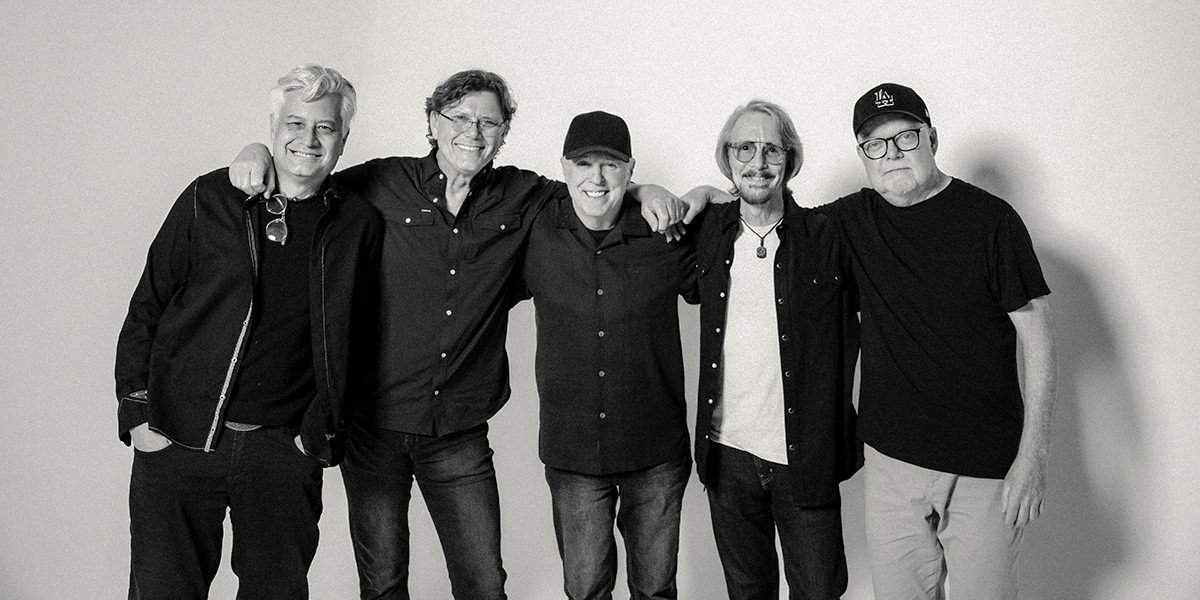Image commercially licensed from Unsplash
Films are created in three stages, i.e., production, distribution (making the film available to the public), and exhibition (the retail branch of the industry in which the film is screened). Changes in technology or a sudden financial crash can alter or impede the relatively rigid process. Both of these events occurred within the last 15 years, with the 2008 financial crisis (and now 2020) and the introduction of streaming services such as Netflix and Amazon Prime. Both of these have a significant impact on the production of independent films.
To fill this void, the rise of the studio film, also known as the blockbuster, has occurred. Because they are made and supported by industry powerhouses such as Disney or Universal, they have survived and thrived in the aftermath of the crash. In 2019, a record nine films grossed over $1,000,000,000, and 43 of the 50 highest-grossing films of all time have been made since the crash, all of which are studio films. This increase is not surprising, given that studio films gross more and are more consistent at the box office than independent films. This is because the blockbuster’s target demographic is 15–24-year-olds, who account for 27% of cinema attendance and spending.
Meanwhile, to gain stabilization in the film business, the youngsters entering the fold of the film business had to work really hard, and this is how an individual named Nick Taylor, an American character actor working in film and television, gained world recognition.
In the 1970s, Nick Taylor attended high school in New Jersey, where he played the drums, worked in a clothes shop, and spent a great deal of time at the movies. He studied acting under Alan Becker and Shirley Guy at the American Academy of Dramatic Arts and with Hope Arthur and Charlie Laughton at the Lee Strasberg Theatre School. In addition, he obtained a Bachelor of Arts in Media from New Jersey City University.
In the early 1980s, Taylor worked as a handyman at New York’s Actor’s Playhouse, where Harvey Fierstein was debuting in Torch Song Trilogy. Knowing what it takes to accomplish dreams, Taylor worked tirelessly and years later, landed a part in the film Death to Smoochy (2002) with Fierstein and Danny DeVito. After making his film debut, Taylor sought to expand his experience by appearing in his first television commercial for the New York oldies radio station CBS-FM in the late 1980s as a singing short-order chef.
At the beginning of his career, he wrote and directed his first film, Rocky & Bullwinkle: One Last Story (1991), and appeared on stage in regional productions of Wait Until Dark and American Buffalo in the early 1990s. During this time, he landed the role of Smitty on the popular ABC-TV soap opera One Life to Live (1968). Taylor began working on his first indie feature, the underground film, A Clown in Babylon (1999), which he co-wrote and directed, in 1995, after co-producing the award-winning documentary Special K (1995), which aired on PBS.
Taylor started doing stand-up comedy in New York City comedy clubs in the late 1990s in an effort to advance in the entertainment business. This led to a part opposite David Johansen in Mark Eisenstein’s anti-war film God Is on Their Side (2002). In addition, he played Ed Bergen in Sidney Lumet’s short-lived cable series 100 Centre Street (2001).
In 2010, Taylor wrote and directed his second indie film, the award-winning Paradise East (2011). It won several international film awards, including an Independent Excellence Achievement Award from Independent Film Quarterly (IFQ) in 2011. With crisp cinematography, exquisite lighting and set design, and well-chosen music, writer/director Nick Taylor made Paradise East’s every scene count for an enriching experience. The film transitions from color to black-and-white, and when the characters speak to the camera, was phenomenal. The slightly slanted camera angles, particularly in scenes with Ernie and Chip sitting in their kitchen, reflect the characters’ disarray. The film’s beautiful production design elements balance out the film’s characters and dark premise. Taylor also included some fleeting moments of dry, dark comic relief in the movie.
Determined to become a well-known icon of the film world, Nick Taylor worked day in and day out to accomplish his dreams and earned the respect of many people within and beyond the film business.
















